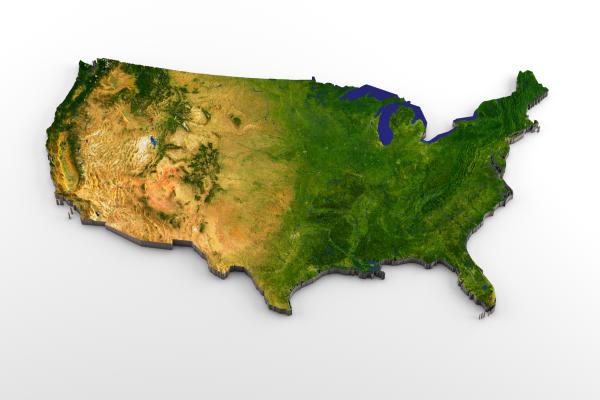New USGS Study Maps Lithium Levels in U.S. Groundwater Used as Drinking Water in Mainland United States

A study by the U.S. Geological Survey (USGS), published recently in the journal Environmental Science & Technology, provides the first national estimates of naturally occurring lithium levels in groundwater that could potentially be used for drinking. This USGS-led research marks a significant step in filling the informational void about lithium's presence in drinking water supplied from public and private wells across the United States.
Recent health studies suggest that low levels of natural lithium in drinking water could have beneficial and adverse health impacts. Positive outcomes include reduced suicide rates and other mental health benefits, whereas potential adverse effects include links to autism and altered thyroid hormone levels. Prior to this study, data on the distribution and concentration of lithium in drinking water and its various health implications were sparse.
"The lack of past monitoring for lithium in well water in the U.S. created a significant gap in our understanding," stated Melissa Lombard, a USGS research hydrologist and the study's lead author. "These new estimates and maps will enable health researchers to further investigate and understand the impacts of lithium on human health."
The study leverages a machine learning model analyzing data from 18,000 wells, offering a detailed look at the potential lithium concentrations in groundwater. Findings suggest varying lithium levels, with 30 micrograms per liter or higher concentrations predominantly in the western and southwestern states, including Montana, Wyoming, North Dakota, South Dakota, Colorado, Utah, Nevada, Arizona, New Mexico, and Texas.
Although not currently regulated by the U.S. Environmental Protection Agency (EPA), lithium has been included on a list of unregulated contaminants that public water systems are mandated to monitor. This research not only aids in assessing potential health risks but also provides valuable information for well owners, water utility organizations, and water management agencies.
For more details, visit the USGS. The full study is available in the journal Environmental Science & Technology.
